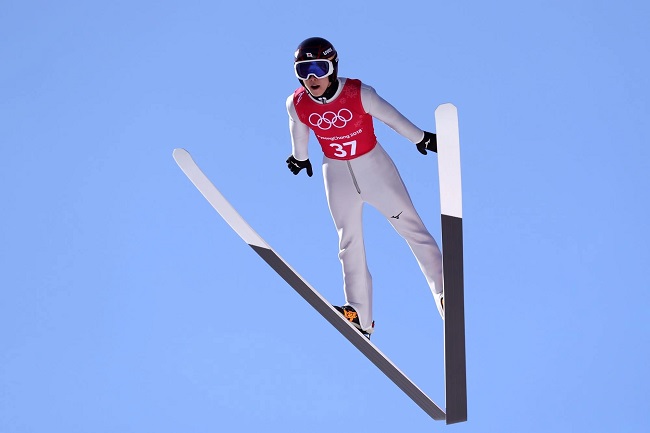Ski jumping captivates audiences every four years, when athletes bravely soar the length of an American football field plus the end zones.
What is the Green Line in Ski Jumping
Casual spectators, though, usually have no concept about the scoring system or talents and strategies essential to win gold even though the sport has been a part of the Winter Olympics since the inaugural one in 1924.

In the U.S., most people can’t certainly name a ski jumper other than “Eddie the Eagle,” from the 2016 film about Eddie Edwards’ unexpected ambition to become a British Olympian.
The Associated Press is here to help.
Here’s a preview at what to watch, starting Saturday when the ladies try for gold, from the moment ski jumpers perch on a bar nearly as high as a 40-story building until they glide over machine-made snow and wait to see how far they soared and how the judges assessed their performance.
The bar is very high
Ski jumpers sit on a bar, calming their anxiety with deep breaths, and wait for a green light to go.
If there’s too much of a gust, they have to slip back off the bar and onto a step to wait for wind to quiet down. A focused mind, which ignores anxieties, is crucial.
FUN ON THE IN-RUN
With skis broader and longer than those in other sports, jumpers go down a steep incline known to as the in-run. They strive to avoid making contact with the sides of ice-filled channels go as fast as 100 kph (62 mph) to enable them fly farther.
Jumpers lead with their helmet, fling their hands back and crouch low into a tuck with a flat back for aerodynamics. Balance and flexibility are key.
Cleared for Takeoff
Near the end of the in-run, men and women make an explosive jump without moving their upper body to create lift for flight.
The timing and precision in the take-off is possibly the most essential component of the 15-second process from sitting on the bar to sliding to a stop in the snow.
Join me in the sky!
Since the Swedish ski jumper Jan Bokloev popularised the technique in 1985, skiers have leaned forward with their hands near their hips, hovering their torso over skis that are in a “V” configuration.
Coming in for a Landing
When skis strike the snow, judges want one slightly ahead of the other and for the jumpers to gently glide on what’s known as the outrun.
Style Points Matters
The K-point, where the hill begins to flatten out, is the target for jumpers seeking 60 points; those who soar past it are rewarded with additional points, while those who fall short are docked points.
Five judges assign scores of up to 20 points for style from start to finish, searching for jumpers who look keep their torso and limbs steady while floating through the air and land gracefully among other things.
Size Matters
There’s a dirty little secret in the sport, which is plagued by eating problems. At least in the United States, the saying “fat people can’t fly” is common knowledge due to the physical impossibility of a heavier jumper travelling further than a lighter one.
Norway’s Maren Lundby decided not to defend her Olympic gold because she put on weight and elected to put her physical and mental health first, resulting to her skipping the season.
Impress your Friends
Don’t necessarily go with an American if you want to win. A remarkable story surrounds the United States’ lone Olympic medal, which was earned almost a century ago.
Anders Haugen departed the 1924 Winter Olympics without a medal, but fifty years later, a scoring error was found and he was awarded a bronze medal.
Traditional powers include Norway, Austria, and Germany. Poland and Japan are really good, too. Ryoyu Kobayashi of Japan and Karl Geiger of Germany are both solid favourites to finish in the medals.
After Lundby’s hiatus and Austria’s top-ranked Marita Kramer’s elimination due to a positive COVID-19 test, Germany’s Katharina Althaus and Japan’s Sara Takanashi have emerged as the leading contenders in the women’s division.
Excuse Me What’s going on?
This year, for the first time at the Olympics, men and women will participate together in a mixed team event.